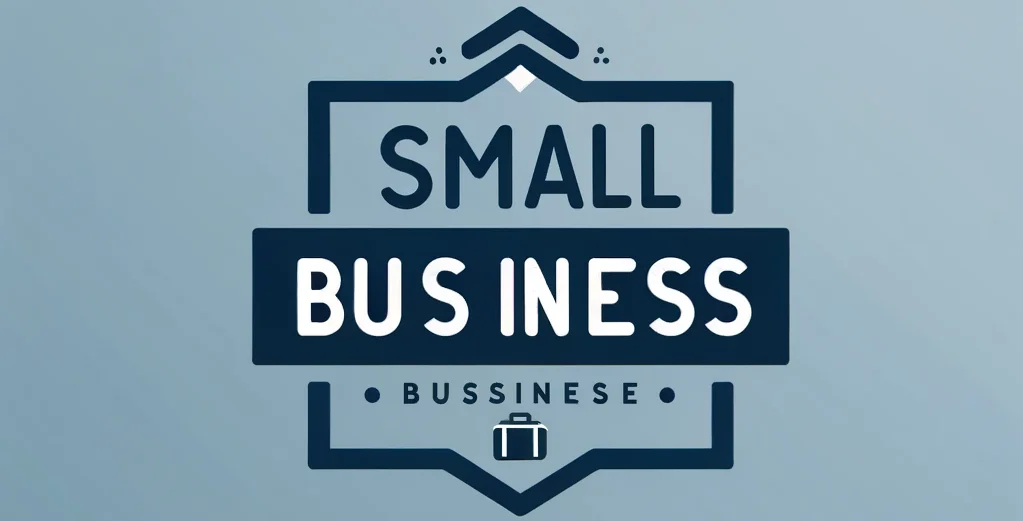Email remains a top communication tool for both consumers and businesses, despite the rise of instant messaging apps like WhatsApp, Slack, and Messenger. It continues to be the most widespread and preferred digital communication channel.
The numbers speak for themselves. In 2019, there were 3.9 billion email users, and this number is still growing, with projections of 4.3 billion users by 2023 and 4.6 billion by 2025. Email’s enduring popularity is due to its versatility in delivering all types of content, including personalized marketing messages. Users have control over their inboxes, deciding which emails are spam and which are not. Businesses also benefit from email marketing with higher conversion rates and better ROI compared to other digital marketing methods, such as social media and pay-per-click advertising.
You might think you need an email service provider (ESP) like MailChimp to target your audience effectively. However, customized Gmail mail merge solutions allow you to utilize Gmail, the most popular email provider, for your marketing needs. While Gmail鈥檚 built-in mail merge feature has some limitations, third-party solutions can help you bypass Gmail鈥檚 500 emails-per-day sending limit, automate initial and recurring campaigns, segment your audience to target specific recipients, add personalized content, including attachments, and follow email marketing best practices.
Email marketing is cost-effective but, like all strategies, must comply with data protection laws. Your business must follow data protection and privacy laws relevant to the regions you operate in. Ignoring these laws could result in hefty fines and damage to your brand鈥檚 reputation. For instance, GDPR compliance is essential, and your team should be well-versed in these regulations to create effective and lawful email campaigns.
Use email authentication to reduce the risk of your emails being marked as spam. Authentication protocols like DKIM, SPF, and DMARC verify your identity as the sender, improving your email deliverability. Don鈥檛 flood inboxes with emails. This can lead to customers unsubscribing. Instead, target your content to interested subscribers. For example, send a promotional offer for pet food only to subscribers who have pets.
Craft catchy subject lines to improve open rates. Avoid spam-trigger words like “Click Here” and opt for meaningful calls-to-action like “Pre-Order” or “Schedule an Appointment.” Personalize your emails to show relevant content to the recipient, enhancing engagement and conversion rates.
Plan your campaigns well in advance. Start your Valentine鈥檚 Day campaign in January and maintain a consistent schedule. Build anticipation and deliver on your promises to gain customer trust and drive engagement.
Effective email marketing centers around your customers. From authentication to the timing of your emails, always keep your customers in mind. This approach will help you craft content that resonates with your audience and maintain regular, valuable contact. Email continues to be a favorite among marketers and recipients, poised to remain dominant as businesses adopt best practices for deeper engagement and better ROI.



